Yeast waste from breweries have been spun into textile fibres at a cost that could be affordable for clothing. A group in the US has reported that the fermented yeast proteins can be extracted and spun into a fibre stronger than wool.
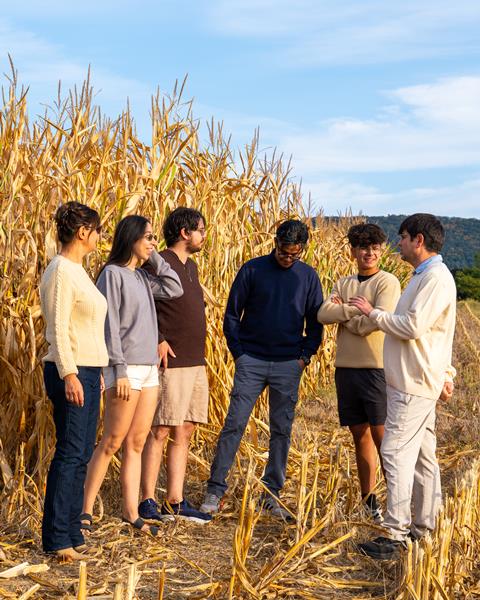
Melik Demirel, at Pennsylvania State University, and his group have created an enzymatic process that breaks down cell walls in brewer’s yeast (Saccharomyces cerevisiae) and converts the released proteins into insoluble aggregates. It taps a commercial enzyme mix used in food processing.
After the enzyme treatment, the protein pulp was dissolved, along with cellulose, in the aqueous organic solvent, N-methyl morpholine N-oxide. This is used in the industrial lyocell process that converts forestry pulp into fibres for more sustainable textiles.

The resulting mixture was then extruded through circular spinnerets to create fibres. These were washed to recover the solvent for reuse, dried and then processed. The protein fibres were spun into yarn and woven into fabric.
The protein fibre would cost $6/kg (£4.6/kg) if it was produced on a scale of around 7000 tonnes a year, the researchers calculate. A pilot plant at the research institute TITK in Germany generated 500kg of the material over the last 12 months and the group is aiming for 5 tonnes by the end of this year at a facility with another partner.
Pilot-scale production achieved a fibre fineness similar to wool and a little coarser than cotton. The researchers also report that the fibre’s strength was 50% higher than natural protein fibres such as wool.
‘At the million tonne level, our material could cost as little as $2/kg,’ asserts Demirel, cheaper than wool. Tens of millions of tonnes of cotton and polyester are produced every year and cost around $1–2/kg.
Demirel notes that large brewers generate 30,000–50,000 tonnes of yeast leftovers each year, which can be sold for $0.25/kg for animal feed, while pharmaceutical plants often pay to dispose of genetically modified yeast.
‘Instead of burning or composting it, it could be part of your next jacket or T-shirt,’ says Demirel. He has now co-founded a company – Tandem Repeat – that has made sweaters from fermented yeast proteins, sold under its Sonachic brand.
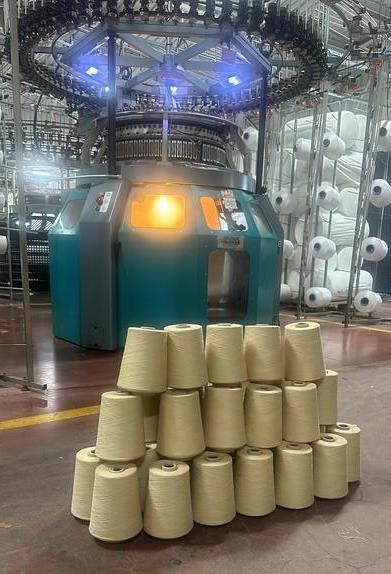
‘The innovation is in putting the process together and making it work economically and sustainably,’ says Richard Blackburn, a textile chemist at the University of Leeds, UK, who has made fibres with casein protein, a byproduct of cheesemaking. ‘Even $6/kg is kind of at the high end, but it is in the right region [regarding cost],’ Blackburn adds. ‘A lot of the textile, and especially the apparel industry, is driven by brands. If you can say that this is more sustainable, then you can create consumer demand.’
Cotton farming requires tens of millions of hectares of farmland and consumes huge quantities of freshwater and agrichemicals. Sheep farming requires land, and the textile industry needs petrochemicals to make synthetic fibres, which release a huge amount of microplastics. By contrast, yeast fermentation consumes fewer resources and has a smaller footprint than these ways of producing textiles, especially when those yeast are a byproduct of pharmaceutical production or brewing.
‘There’s lots of people working on various kinds of protein fibres, but the novelty here is that they are taking yeast waste and using that to spin materials,’ says Randy Lewis, a geneticist at Utah State University who genetically-engineered goats to produce spider silk proteins in their milk. ‘They’re definitely not high-performance fibres but they are a green fibre and maybe people will be willing to pay extra for that.’
References
B D Allen et al, Proc. Natl. Acad. Sci. USA, 2025, DOI: 10.1073/pnas.2508931122


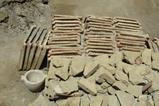


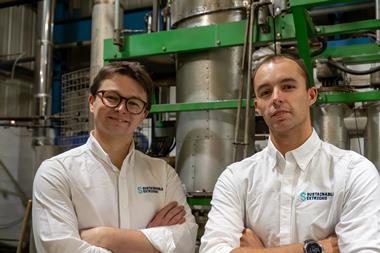
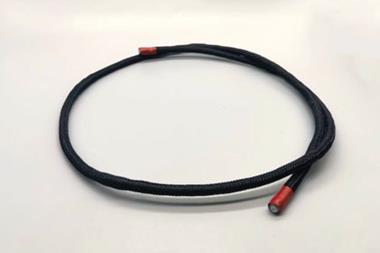
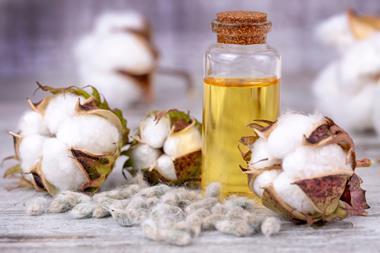
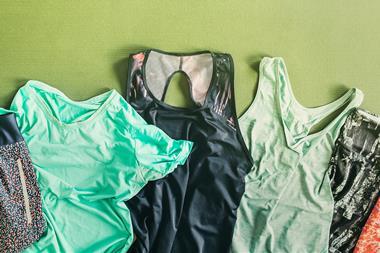

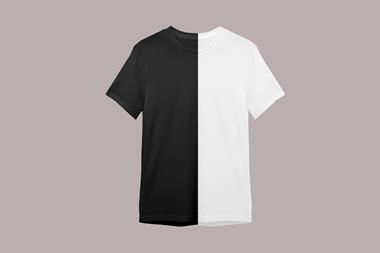


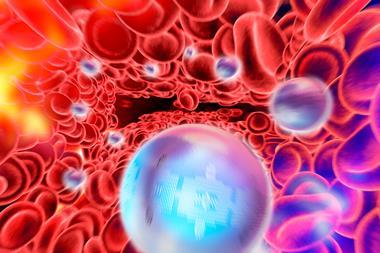
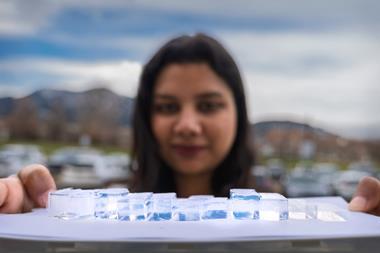

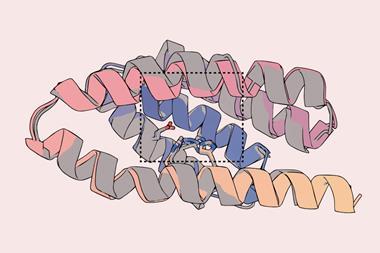
No comments yet